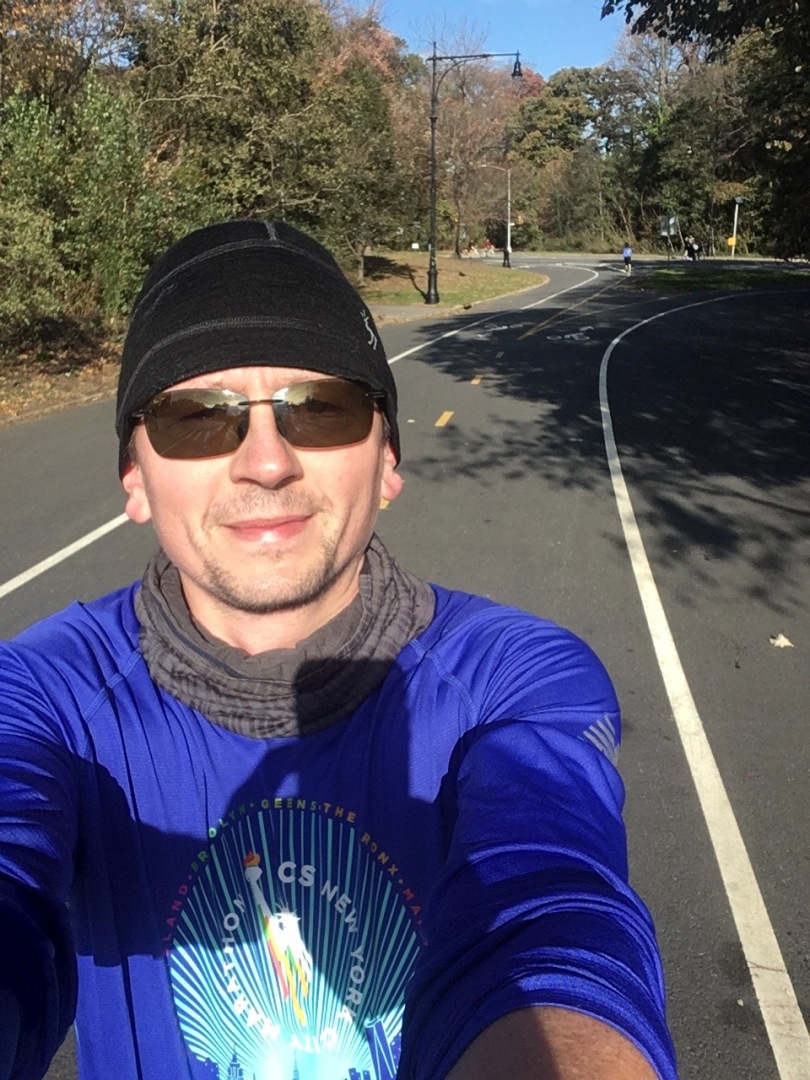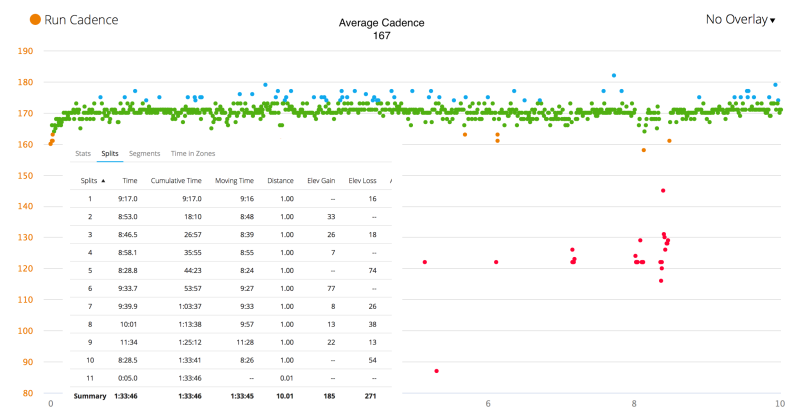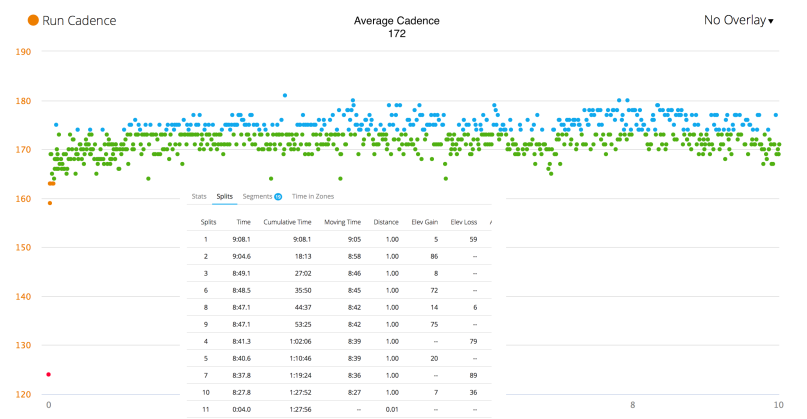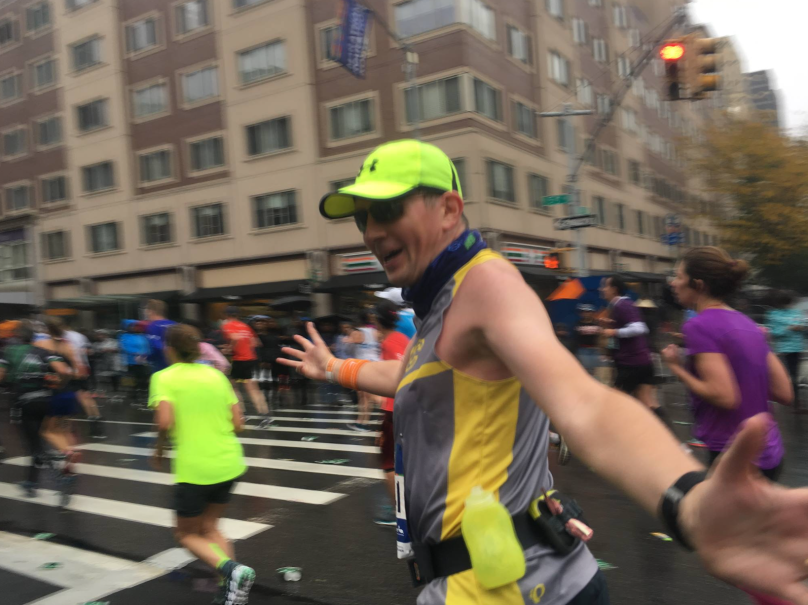On Nov 12th, Camille Herron broke the world record for a 100m ultra marathon, in a staggering time of 12:42:41. I’ll save you working it out, but her average pace was 7:38/mile which she maintained pretty much throughout. Even during the last 10 miles of the 100, she was averaging 7:40/mile, which is faster than I’ve ever run a 10k.
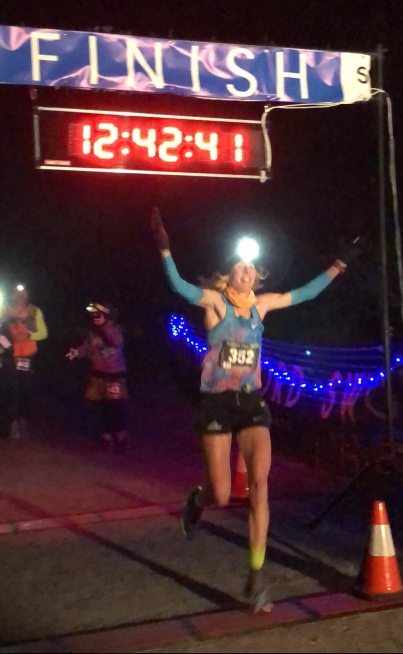
OK, comparing yourself to an elite athlete is always going to be futile, but the sheer difference is staggering, and seems even more staggering when the distances are longer. The 5k world record (for men) is 12:35 (or 4:04/mile) and yet the world record marathon time for men is 2:02:57 (or 4:42/mile). Bear in mind, a marathon is over 42 kilometers, so more than 8x further than a 5k, and yet the pace is a mere 38 seconds slower and faster than most people can run.
There are a few people in my running club that regularly run between 16 and 18 mins 5k’s, which is in the 5 mins/mile range, and I don’t think I’m ever going to get there. Even a sub-20 mins 5k, which is around 6:27/mile is probably beyond me at this stage in my life, especially given my tight hamstrings, scoliosis and that I’m 45 and have really only been running a few years. But a 7min/mile pace isn’t out of the question, and neither is a 7:xxmin/mile at longer distances. That gives me some targets for 2018. But I need to be realistic…
In 2017, I’ve only run one race in the eights, which was the 3.5 mile Chase Corporate Challenge, and even that was a modest 8:41/mile pace. In 2014, I ran 6 races in the eights: a 10k (8:55), a 4-mile (8:36) a 3.5 and 5m (both 8:14), a 10 mile (8:31) and a half marathon (8:52). Throughout 2017, most of my training runs have been in the 9 – 10 mins/mile range, and admittedly this was mostly training for my marathon, but it’s significantly slower than the pace of my training runs in 2014.
This last weekend, on the back of my base marathon training-gained fitness, I pushed to run a sub 9mins/mile training run over 10 miles. 3 laps of Prospect Park (including a nice hill) in a not too shabby 1:27:56 (or 8:47/mile) – easily my fastest 10 miles for years. In the same week, I did 5.22 miles in 42:20 (or 8:07/mile), which included 2 miles under 7:30/mile. What I’d really like to do is maintain this level for a while and push my race times for my mid-long distances from the 9’s to the 8’s, and the shorter distances (5k and 4m) into the 7’s.
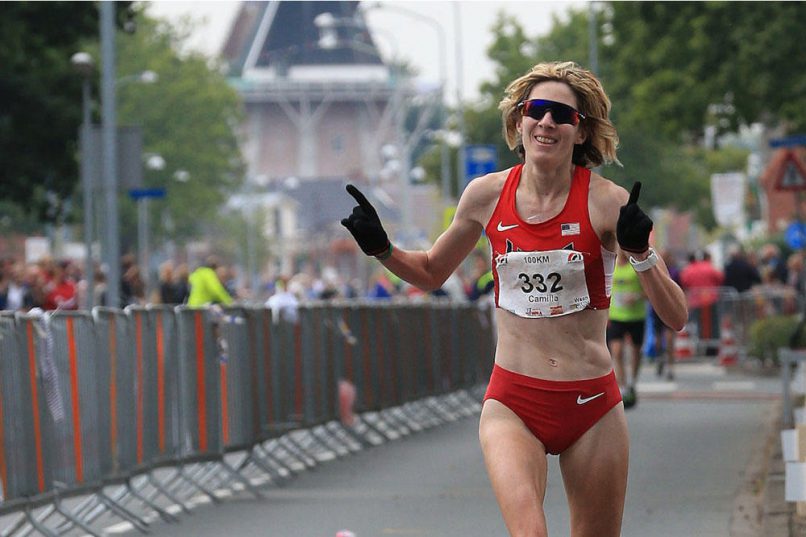
I’ve run three 5k’s before under 8 mins/mile (all equate to being under 24 mins). 23:59, 23:36 and 23:19 (my PR) which equate to 7:44, 7:37 and 7:31 paces. If I can run 5 miles, with the last two miles under 7:30/mile, I think I can run under 7:30 per mile for 5k. I might even be able to run 7:30 per mile for 4 miles, and in 2 weeks I get to test that out during a 4m race in Prospect Park (The Jingle Bell Jog). I am not sure if one should push for a PR in a race called the Jingle Bell Jog, but I’m just in that kind of mood. My 4m PR is currently 32:19, or 8:06/mile.
In the meantime, tomorrow I am running the Fred Lebow Cross County Championships, which includes two climbs (one of 120 feet and the other of 150 feet). My best time for this race is a model 27:23 – so that’s the time to beat!

